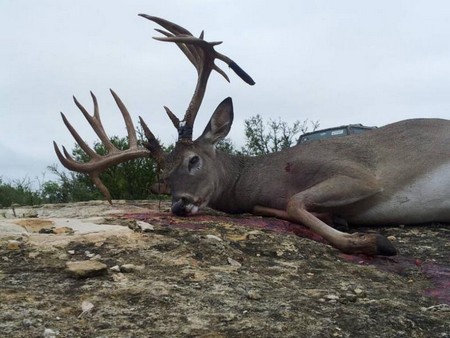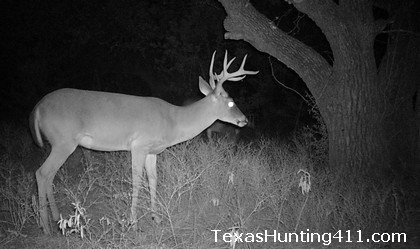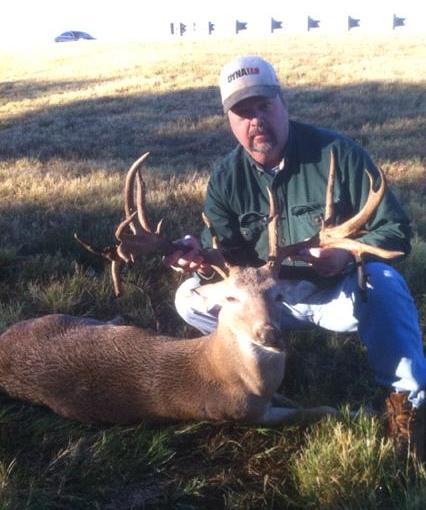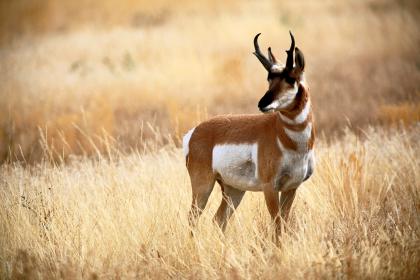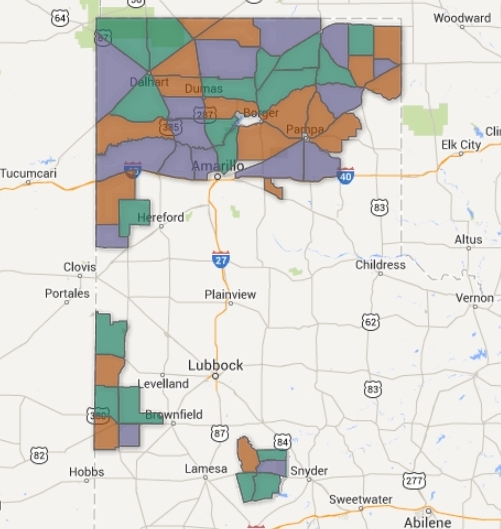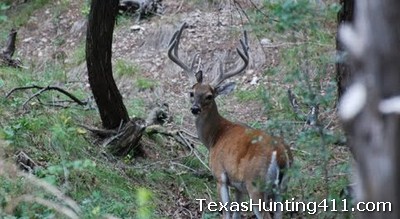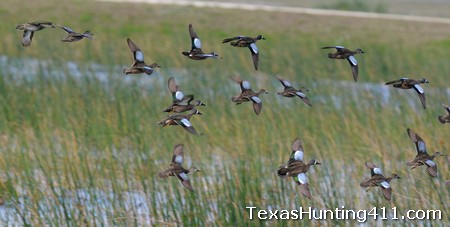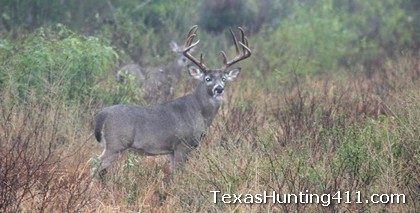South Texas is home to some really big ranches that provide quality hunting for whitetail deer, dove, turkey, quail and feral hogs, but did you know that it also provides some quality public hunting lands for many game animals? Texas Parks and Wildlife Department (PTWD) has many public hunting opportunities available to residents and non-residents willing to get out in the field. One of the best programs going is the Annual Public Hunting (APH) Permit.
The APH comes at a cost of $48, and allows you access to hunt over 200 properties across Texas for a wide range of species. For the annual fee, hunters may hunt many different units and may also hunt as many times as they like within the guidelines for each individual lease. Hunters may obtain an APH permit at local retailers where they purchase their hunting and fishing licenses.
There are many quality public hunting opportunities from San Antonio to Brownsville. The state has a high number of quality small game leases that focus on mourning and white-winged dove hunting, but they also have leases open for early-season teal, rabbits, hares, squirrels, and even bobwhite and scaled quail. In addition, wildlife officials just added 11 new public hunting leases encompassing over 5,000 acres for the 2013-14 hunting season in Bexar, Frio, and LaSalle Counties. The majority of the hunting targets mourning and white-winged doves.
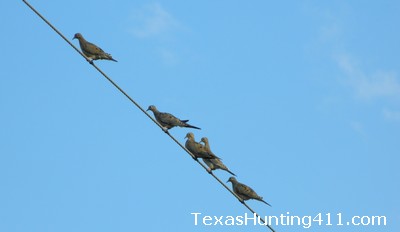
For hunters living in or near San Antonio, there are two 500 acre units that are close to home. The Somerset and Lone Star Pass units both allow dove and teal hunting. Despite the close proximity to the city, there is plenty of space to enjoy a fun and safe dove hunt.
Frio County, just an hour southwest of San Antonio on Interstate 35, has arguably some of the best public dove hunting available. With 7 public dove hunting leases in Frio County, hunters can expect to find doves all season long. There is also ample space to spread out and enjoy some safe hunting opportunities. The 1,451 acre Mimosa Farms Units are once again gearing up for a great season, but don’t forget about Mimosa Farms 526 outside Dilley, which also offers good hunting opportunities and is large enough to accommodate a large number of hunters.
There are an addition 10-plus public hunting leases in deeper South Texas, which range between 40 acres and 300 acres. These leases are spread out and offer a great opportunity to the hunters looking to cover some ground spend some time in the field. Based on TPWD white-winged banding efforts and surveys, the communities of Alice, Kingsville, and Falfurrias hold very high populations of white-winged doves, and the coastal bend has thousands of acres of cropland which mourning doves flock to.
TPWD offers up some quality properties for hunters looking for public land in South Texas that possess the APH public hunting permit. The leases primarily are geared towards dove hunting, but many also offfer rabbit, hare, and squirrel hunting, depending on the unit. It’s always nice to get down South and you never know what you are going to see. South Texas boasts some great hunting for whitetail deer, dove, turkey, quail and feral hogs. Just make sure to follow the regulations for the unit that you are hunting.
